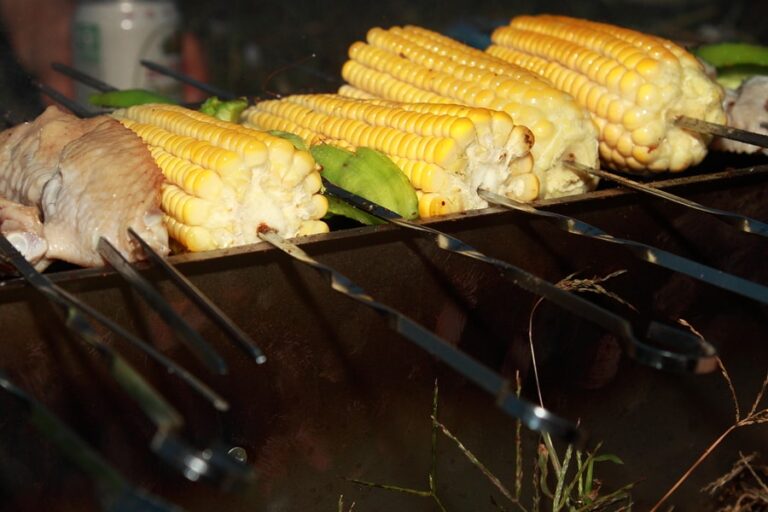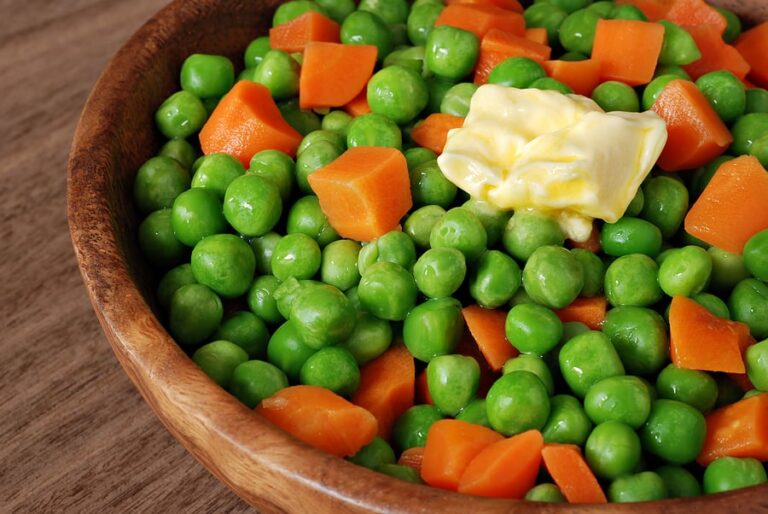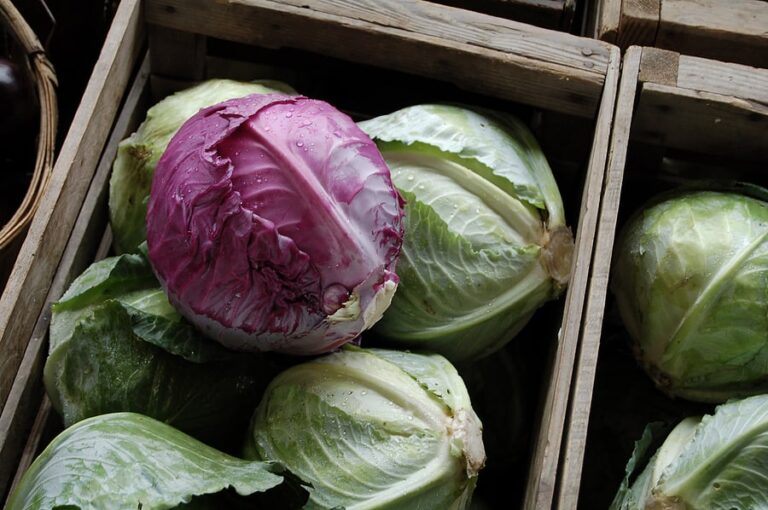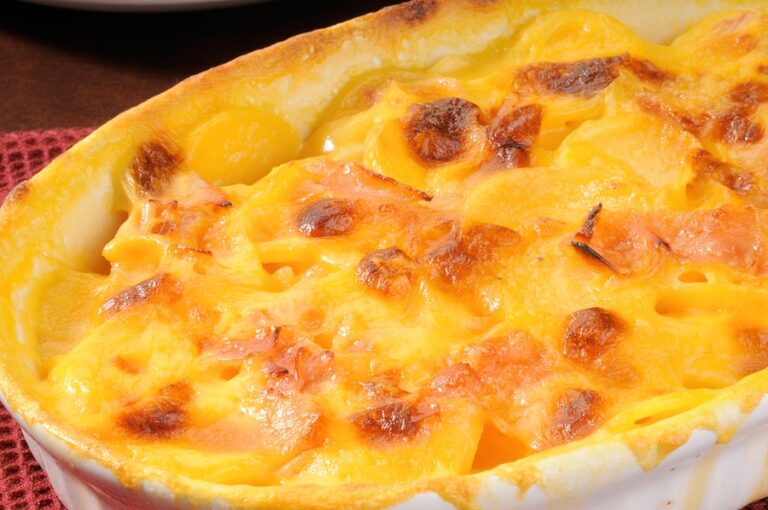How to Make Old-Fashioned Jams—Really Simple
 Strawberry jam, plum jam, peach jam, blueberry jam, grape jam—any fruit can be cooked with sugar to make jam.
Strawberry jam, plum jam, peach jam, blueberry jam, grape jam—any fruit can be cooked with sugar to make jam.
Late summer is home-made jam season—unless you grow apricots and then mid-summer is jam season.
My Santa Rosa plum tree is a jam factory in September.
Whatever fruit you grow or buy at the farm market can be turned into old-fashioned jam in about 40 minutes. When I say “old-fashioned jam” I mean the thick, gooey jam that sticks to bread or pancakes or waffles or the kind that turns vanilla ice cream into a mouthful of flavor.
Homemade jam can be kept in the refrigerator or in a cool pantry or garage until you use it up—all you need to do is follow these directions and be sure you store your jam in sterilized jars.
How to Make Old-Fashioned Jam Simply
Jam is easy to make. You need fruit, sugar, and storage jars.
Ratio Fruit to Sugar: To make 2 pints of jam you will need 4 cups of mashed fruit and 2 to 3 cups of sugar; to make 3 pints of jam you will need 6 cups of mashed fruit and 3 to 4 cups of sugar—you get the idea for every cup of fruit you will need half to three-quarters as much sugar. Small batches are better—pint jars are perfect. I repeat: small batches are better because they will be tastier. And to make the jam more gooey, use more sugar.
- Prepare the fruit for cooking: pit, peel, and chop stone fruit—such as plums, peaches, nectarines, or sour cherries; for berries, just halve or quarter the berries with a paring knife (but you don’t have to)—this goes for your favorites: grapes, strawberries, blueberries, raspberries, and huckleberries.
- Place the fruit in a large saucepan and mash or crush lightly with a fork or potato masher—or mash the fruit in a blender or food chopper with a coarse blade. (You’ll get to the finish quicker if you start this chopping and mashing with the fruit at room temperature.)
- Add sugar to the fruit in the saucepan—see the ratio of sugar to fruit above—and add a tablespoon of lemon juice for each pint of jam you are making.
- Turn the heat to medium-high. Stir frequently while cooking and bring the fruit and its syrup to a quick boil. Don’t let it boil over—just a quick boil.
- Cook on at low heat until the sugar dissolves and the fruit and syrup thicken; this will take about 30 minutes or so depending upon the batch amount. Taste and add more lemon juice to flavor.
- To be sure your jam gels, you can place a teaspoonful on a cold plate and set it in the freezer for 2 minutes; if the jam gels you are ready to put it in jars—if it doesn’t cook it just a little longer. Jam will gel when cooked to 224°F.
- During cooking, you can sterilize and prepare your jars. Sterilize your storage jars covered in at least 2 inches of boiling water for 10 to 15 minutes —not less. Pint jars are perfect for jams. Make sure you use fresh lids each year; you can reuse jars and rings each year once they have been sterilized, but you want to replace the lids every year.
- Pour your jam into hot, sterilized jars then spoon off any foam. Fill the jars with jam to within ¼ inch of the top; wipe the rims with a clean damp cloth. Place the lids on the jars and screw on the ring bands as tight as you can.
- Let the jars cool to room temperature. Press the lids with your finger. If the lids stay down, they are sealed. (If you should ever open a jar of jam and find mold on it, throw it out no questions asked.)
- Be sure to label your jars!







